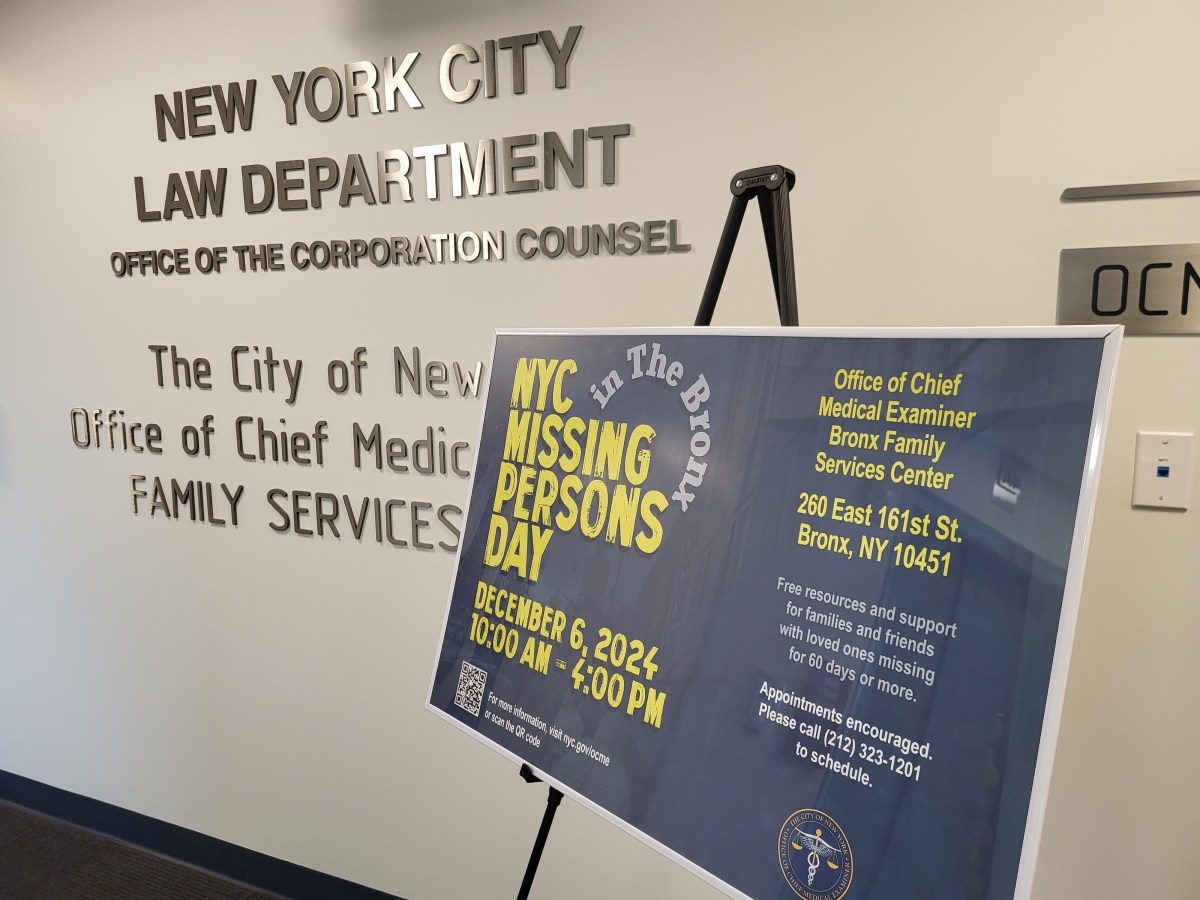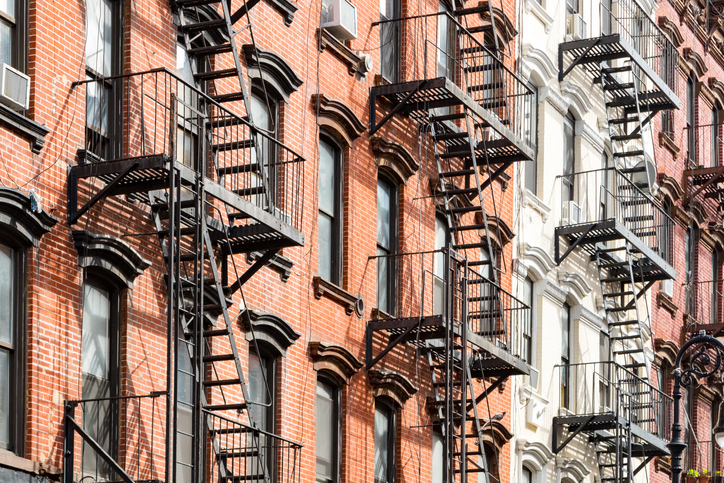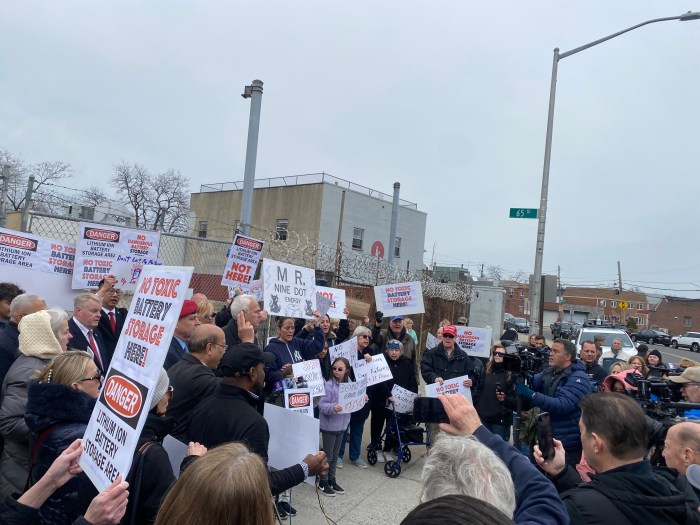
It’s time for the Bronx and the northern suburbs to get their paths to Penn. But before that happens, significant questions must be answered.
Gov. Andrew Cuomo recently announced that Amtrak, the MTA and Empire State Development had agreed to a $1 billion Penn Station Access plan to bring Metro-North trains to Penn Station for the first time. Penn Station Access represents an exciting opportunity for the region. But the MTA also will have to make sure commuters don’t give up any of the other benefits they’ve been promised.
In many ways, Penn Station Access will do for Westchester and Connecticut what East Side Access, the effort to connect the LIRR to Grand Central Terminal, will do for Long Island: provide a path to the other side of Manhattan and create more transit options if something goes wrong.
A big plus: four new stations
On top of that, the plan includes four new Metro-North stations, giving places like Co-op City, Morris Park, Hunts Point and Parkchester far superior transit options.
That last part is key. It opens up big opportunities for the East Bronx, including the notion of a reverse commute to Westchester and Connecticut, and economic development in the borough. Most capital improvement costs on Penn Station Access, including the new stations, will come from the MTA and Empire State Development. Both agencies should look for private-public partnerships or funds from developers seeking to build near the new stations.
Penn Station Access is a big move for the nation’s largest public transit system. Mutual access to Grand Central and Penn could improve the resiliency of and the options offered by the LIRR and Metro-North, the country’s two largest commuter rail lines, which each serve nearly 300,000 riders on an average weekday. This shift could change how we live, work and get around.
But the benefits expected from the long, costly effort to build East Side Access and, now, the third track on the LIRR’s Main Line, must come to fruition. East Side Access will provide those who work on the East Side with a one-seat ride to Long Island, giving them new housing options, and will allow for a reverse commute to the Island, too. Unlike with East Side Access, which doesn’t subtract from Metro-North’s capacity, it’s a zero-sum game at Penn. Under Cuomo’s proposal, Metro-North will come into Penn over the Hells Gate Bridge and through the same East River tunnel the LIRR uses to reach Penn. There’s no doubt the LIRR will have to give up slots at Penn.
First, finish LIRR link to Grand Central
That’s why it’s good the MTA has promised not to start Penn Station Access until after East Side Access is done, expected in 2022. But officials should evaluate ridership patterns before giving away LIRR slots. And they should consider waiting until repairs of the East River tunnel, damaged in superstorm Sandy, are mostly completed, too.
To make it work, Amtrak, the federally funded railroad that controls Penn and owns the tracks, will have to cooperate and communicate. Plus, the need to remake and rethink Penn Station itself will be even greater, with the addition of a fifth railroad to the complex mix of the subway, Amtrak, the LIRR and NJ Transit.
Penn Station Access could be a boon to the region and a convenience for many — but only if it doesn’t make other commutes worse.


































